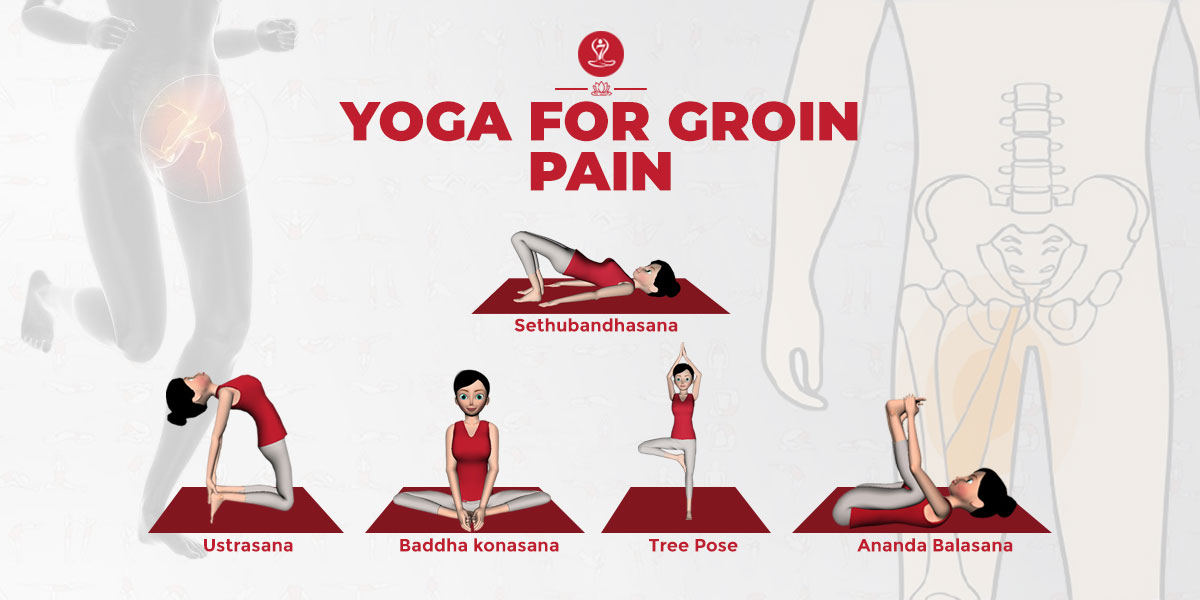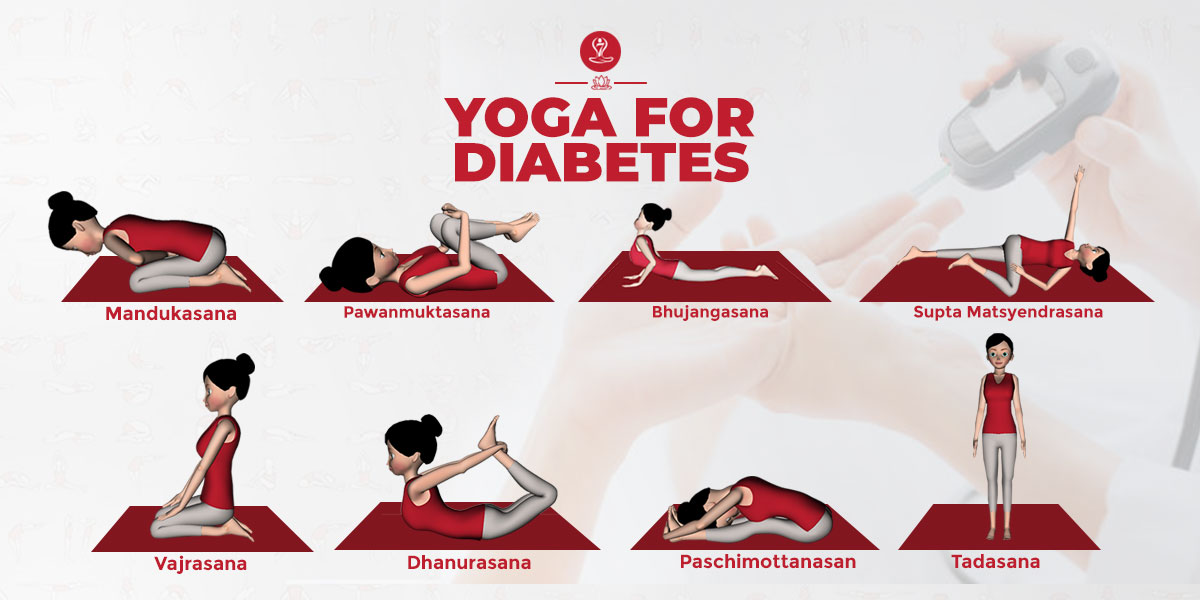
Pregnancy yoga is a wonderful way for expectant mothers to stay healthy, active, and connected with their bodies and their growing babies.
Prenatal yoga helps pregnant women maintain physical fitness by improving flexibility, strength, and endurance. Gentle stretching and strengthening exercises can alleviate common discomforts such as back pain, sciatica, and swollen ankles.
Pregnancy Yoga Poses
Certain yoga poses and breathing techniques can help pregnant women prepare for childbirth by promoting optimal fetal positioning, increasing pelvic floor strength, and teaching relaxation skills that can be utilized during labor.
1. Malasana
As your belly continues to grow rapidly, you are actually putting extra weight as well as pressure on your legs, feet and ankles.
Once you reach the end of your pregnancy, these different areas of the body can certainly get neglected, so it is quite important to keep them strong.
Slowly lower your body into a squat position, keeping your legs out from the hips and keeping your stomach right in the middle.
As you reach, try to press the weight back into the heels while simultaneously leaning forward and opening the back of the body. Place your fingertips on the floor right in front of you and then begin to tuck the chin in.
Imagine that you are actually hanging your heels from a special support and you are applying pressure to the heels without keeping them straight on the mat. If possible, try to catch a glimpse and then notice if the legs turn in a certain particular direction and then work on turning them parallel. Know whether the arches have actually collapsed and then work to keep them raised.
Try to notice the stretch through the arches, Achilles tendon, ankles and calves. Take a deep breath and exhale at least five times.

2. Skandasana
Keep the hips open especially when you are at the end of the nine months which can assist in the process of labor as well as delivery which also makes room for baby to descend easily through the birth canal.
Standing with the feet parallel as well as pelvis neutral, try to move mindfully into a particular yoga pose name as Prasarita Padottosana.
Keep an active pressure on the right foot but make sure that you don’t roll into the outer ankle.
After this, begin to bend your left knee while lunging sideways to your left side.
Contract the baby belly as you are using left elbow and the shoulder which press into the left thigh in order to create space in your inner groin and the hips.
As you keep on lunging to the left, keep the pressure to your right leg and the foot. Next, you need to sit back onto a particular imaginary bench right behind you. Now, breathe deeply for few times and repeat this for the opposite side.

3. Supta Matsyendrasana
Every pregnancy is different, but it is generally recommended that the expectant mother needs to limit the time on her back to maintain optimal blood flow to the baby and lower body.
It also has a good stretch in the hips as well as the lower back which allows you to lie down easily without having to lie flat on your back.
You can use a mat or mattress behind you and then lie on your back. Open your legs as wide as the yoga mat. Keeping the head in a neutral position, slide the arms into a characteristic T-shape and relax the shoulders down toward the mat.
Breathe in calmly and then release the left knee to fall inward and as smoothly as you can and work your left knee to start below your hip socket rather than diagonally inward.
This will ensure that there is no pressure on your knee as well as full extension of the hip. As your left knee falls inward, your right knee falls outward.
Now extend this particular lift to your left hip, glute as well as the left side of the spine and lower back. Allow gravity and the inward falling knee to move as far toward the mat as possible without any pain.
As a special variation, you can easily cross the ankle of your outward falling leg and the knee of your inward falling leg or actually support the outward falling leg as per your requirement.
Work on both sides in a special dynamic in and out motion using the breath or by holding a special long pause on each side.
4. Bitilasana
Carrying the extra weight of your baby can be quite taxing on the lower back, and it can also easily cause tightness in your stomach.
Depending on the size of the baby, this can definitely put a lot of pressure on your diaphragm and then cause irregular breathing.
On both your hands and feet, bend the elbows as you inhale and then sit up, feeling the bones opening up as the tailbone continues to curve upward.
Follow this movement in a forward direction as your abdomen drops and draws the heart to your abdomen along with the sternum and then forward between the arms.
Inhaling, slowly begin to lengthen your arms while keeping your shoulder girdle open by extending your hands. Then press back into your arms as your heart pulls forward to gain more space and release. Focus on creating space in the front of the body and lengthening the entire spine, not just the lower back. Follow the special Cat Pose by tucking the chin at the ankles, continuously pulling the navel inward and keeping your spine upward.
5. Mandukasana Variation
The form of Mandukasana or Frog Pose is very good for pregnant women. There will definitely come a point in your pregnancy when a typical seated straddle won’t work, so this particular pose definitely helps to open up the inner hips as well as stretch the inner thighs.
With this you will also feel relief in the lower back. Start in a specific kneeling position with your knees wide enough and allow your feet to easily touch for a few moments.
Place a slight support on your stomach and then begin to inhale and move upwards and forwards, transferring the weight to the lower thigh bone or the inside of the knee, making sure that there is no pain.
Make sure you don’t come forward too much otherwise you will definitely lose the stretch.
Support the body weight on the forearms, a yoga mat or bolster placed under the chest and then begin to lower the body weight down and then let the abdomen hang with the core support. At this particular point, your legs may or may not be together.
Remain in this position for a few deep breaths.
You can also read:- Yoga For Belly Fat | Yoga for hair growth | 10 Yoga Poses For Beginners | Yoga Nidra | Breath Correctly in Yoga | Learn Yoga at Home | Yoga for glowing skin | Pranayama Helps Patients Of Asthma
Benefits of Pregnancy Yoga
When you are pregnant, there are times when you feel that your body is actually taken over by an alien. All these things that you think you have known about yourself actually go out of the window as the body does great work. Change that is out of control of yours can certainly lead to feeling disconnected from your inner self.
In Pregnancy yoga, it is said that the body is different every time you get on the yoga matt and it works on accepting the change which is a constant.
Yoga helps you in reconnecting with your body as well as embrace the entire journey. Yoga can prepare you for the birthing process and also make you enjoy the feeling.
It improves your sleep and reduces the stress as well as anxiety and helps in increasing the strength, endurance and flexibility of the muscles which are needed for childbirth.
It also decreases the lower back pain, symptoms of carpal tunnel syndrome, nausea, headaches as well as shortness of breath.
Pregnancy Yoga Safety
Yoga during pregnancy is generally considered to be both safe as well as beneficial for the most of the pregnant women and their baby.
If your pregnancy is particularly considered higher in risk or there are any other types of complications, then talk to your healthcare team before you start with yoga.
As you know, pregnancy is actually divided into trimesters that last three months each. As the child grows, the correct adaptations for yoga practice will surely become more frequent.
During pregnancy your body also produces a hormone called relaxin, which helps soften things to make enough room for the growing baby and prepare for childbirth. The presence of this hormone may make you feel more flexible which is normal, but you have to be careful never to over-stretch as it is quite possible to actually destabilize your joints and ligaments during this particular time.
The biggest danger that a pregnancy yoga practitioner faces is falling. So you should reduce that risk, especially when the belly starts protruding. To reduce the risk of fainting, never do any pranayam that makes you feel dizzy.
Conclusion
Pregnancy yoga fosters a deeper connection between the mother and her unborn baby. Practicing yoga can create a calming environment for both mother and baby, allowing them to bond and communicate on a spiritual level.
RELATED ARTICLES
Apr 17, 2024
Yoga For Blood Circulation: 7 Poses To Improve Blood Supply
As we know that to maintain overall health, proper blood circulation is also very important. Healthy blood circulation is important[...]
Apr 17, 2024
Yoga For Snoring: 7 Poses to Reduce Snoring and Sleep Apnea
Snoring is a very common problem. We all show carelessness towards it and do not take it seriously, but snoring[...]
Apr 17, 2024
Yoga For Groin Pain: Poses to Stretch Tight Groin Muscles
Groin pain is quite real and embarrassing, often referred to as a groin strain or pulled groin. The groin, the[...]
RECENT POSTS
Disclaimer
The content is purely informative and educational in nature and should not be construed as medical advice. Please use the content only in consultation with an appropriate certified medical or healthcare professional




